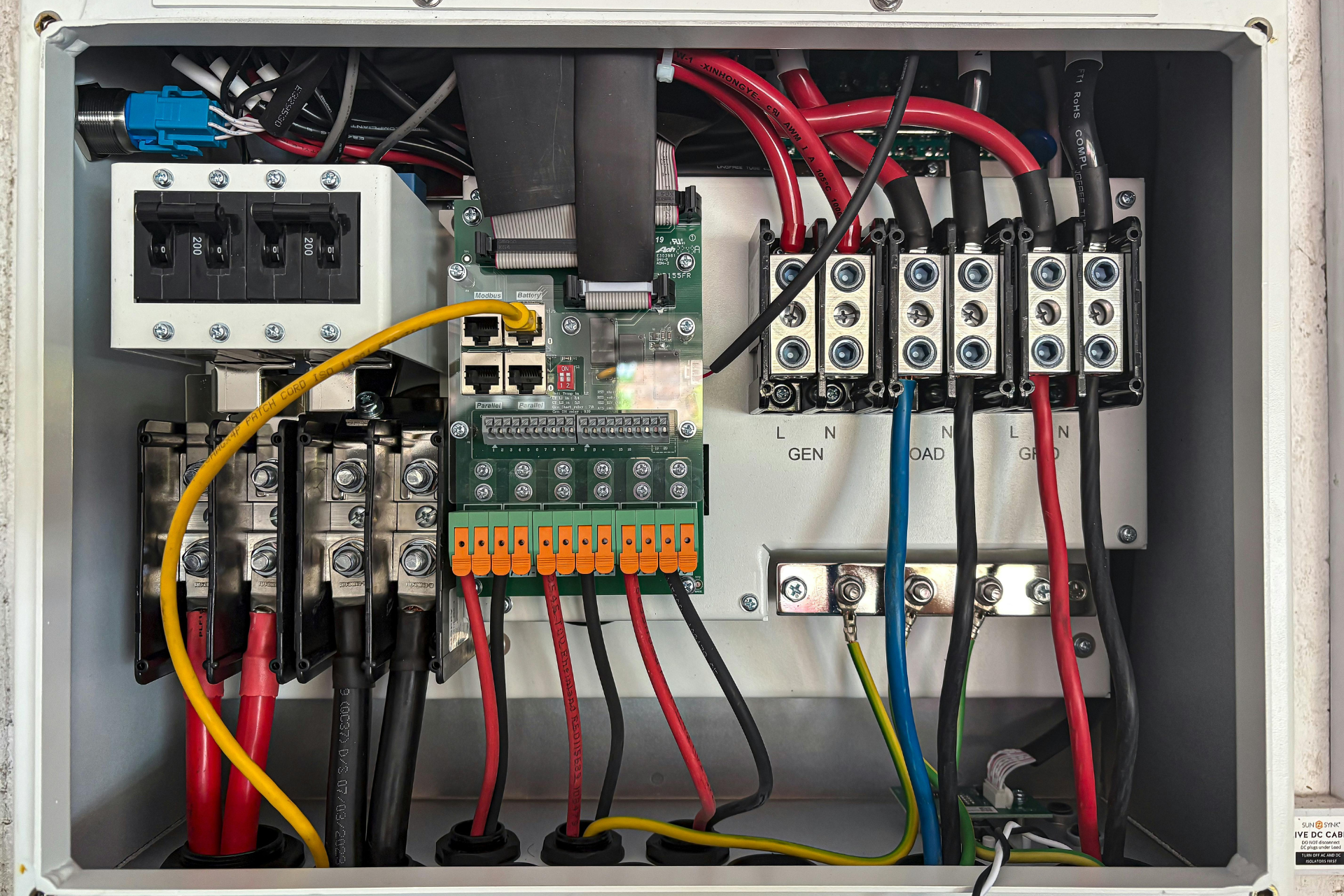
- info@texasict.com
- 3900 Polk St, Houston, TX 77023, USA
- +1 713-969-7677

No products in the cart.
No products in the cart.
Call Us Now

Electrical wiring is an essential part of any residential building, ensuring a safe and efficient power distribution system. This project focuses on understanding, planning, and installing a complete electrical wiring system in a residential environment, following the National Electrical Code (NEC) and industry best practices.
This project involves the planning, installation, and testing of electrical wiring in a simulated single-story residential setup with designated areas like a kitchen, bedroom, bathroom, and living room, ensuring safe, efficient, and code-compliant power distribution.
USD 1,50,499
Before installation, a wiring layout plan is developed that includes:
The process starts with installing the main electrical panel, connecting it to the utility supply, and setting up circuit breakers for each room. Proper grounding and load balancing ensure safety and prevent overloads.Wiring is then installed using Romex (NM-B), THHN, and conduit wiring, routed through walls and ceilings. Junction boxes are connected, and wire colors are identified to ensure correct circuit connections.
Next, standard 120V and GFCI outlets are installed, along with single-pole, three-way, and dimmer switches for lighting control. Functionality tests confirm proper voltage and operation. Finally, ceiling lights, LED fixtures, and recessed lighting are installed with dimmer switches for efficiency. Testing and troubleshooting check circuit continuity, voltage levels, and GFCI functionality, ensuring safe operation.
The following materials and tools will be used throughout the project:
Upon completing this project, students will:
This project provides students with a real-world residential wiring experience, ensuring they understand electrical safety, installation, and troubleshooting. By mastering these skills, students will be well-prepared for entry-level electrical jobs and future licensing exams.